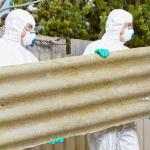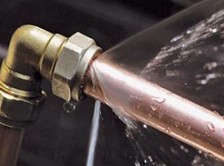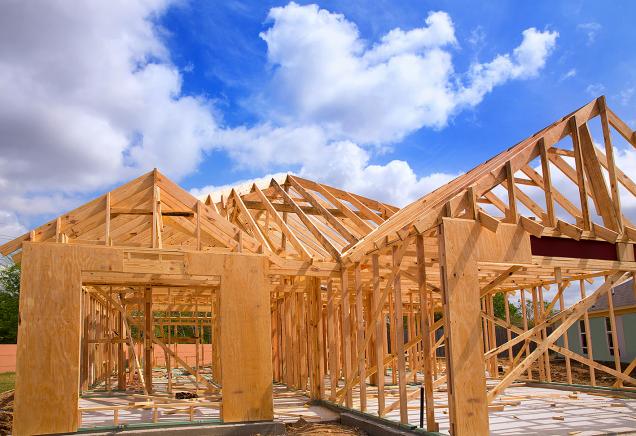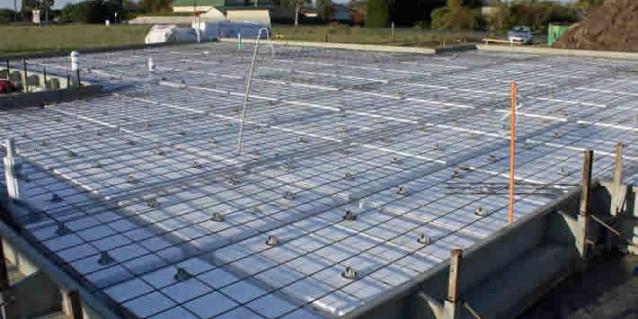
ASBESTOS – WHAT YOU SHOULD KNOW ABOUT ITS REMOVAL
By HOUSPECT Building and Pest Inspections|July 31, 2019
If you want to remove asbestos yourself, there are a few things you need to know. First of all, DIY removal is only permitted in New South Wales when dealing with a maximum of 10 square metres of bonded asbestos. Over that amount or for non-bonded (friable) asbestos, a NSW SafeWork bonded asbestos license is needed. Alternatively, you will need to hire a licensed asbestos contractor.
Friable Asbestos
Friable asbestos is any material that contains asbestos, where the material is in powder form or can be easily broken down to a powder through crushing or pulverisation. This is when asbestos is at its most dangerous and you should not attempt to remove the material without a license or through the services of a licensed contractor.
Bonded Asbestos
Other materials may contain asbestos. However, this does not mean they pose an immediate danger. When asbestos is packed in these other materials, it is known as bonded asbestos. You can remove the maximum of this type of asbestos without the need for a license and it is typically safe to do so, unless the material has been in any way damaged.
Before Making your Choice
It is important to understand that asbestos is an incredibly hazardous material to remove without first fully understanding the safety considerations involved. Your aim is to remove the material safely with minimal release of particles, dust and fibres from the material containing the asbestos. You also need to ensure that asbestos materials are taken to a disposal facility found on the EPA’s database.
You should think about taking a safety course before attempting to remove bonded asbestos, even in small amounts. Relevant courses can be found at:
Relevant personal protection equipment (PPE) is always necessary when removing asbestos. Australian Standards-approved PPE will greatly reduce the risk from working with asbestos. This includes the use of a respirator or dust mask that is specifically designed for removing hazardous materials which can spread through the air as dust or fibres. The manufacturer’s instructions will say whether the equipment is suitable for asbestos materials.
You should not have to hold a mask in place when dealing with asbestos materials. In fact, avoid single-strap masks and avoid putting your hands near your face until you are ready to remove all PPE gear. Other items of clothing should include a hat that protects your hair as well as your head, gloves, and disposable coveralls that are hooded. Finally, wear goggles that both protect your eyes and allow you to clearly see the materials you are working with when removing asbestos.
It is essential that you minimize the potential for inhaling or ingesting fibres, dust or particles which may contain asbestos. During meal times and breaks, make sure to leave the removal area and wash your hands thoroughly after you have taken off protective gloves and before eating.
If you feel there is a need to use power tools in make removal of asbestos possible, it is time to bring in the professionals. Power tools can only be used in the removal of screws and, even then, there is a risk of exposing more hazardous materials than expected. Always think safety first.
There are a large number of other safety considerations when removing asbestos, which is why it is something that is seriously worth leaving to trained professionals.
Friable Asbestos
Friable asbestos is any material that contains asbestos, where the material is in powder form or can be easily broken down to a powder through crushing or pulverisation. This is when asbestos is at its most dangerous and you should not attempt to remove the material without a license or through the services of a licensed contractor.
Bonded Asbestos
Other materials may contain asbestos. However, this does not mean they pose an immediate danger. When asbestos is packed in these other materials, it is known as bonded asbestos. You can remove the maximum of this type of asbestos without the need for a license and it is typically safe to do so, unless the material has been in any way damaged.
Before Making your Choice
It is important to understand that asbestos is an incredibly hazardous material to remove without first fully understanding the safety considerations involved. Your aim is to remove the material safely with minimal release of particles, dust and fibres from the material containing the asbestos. You also need to ensure that asbestos materials are taken to a disposal facility found on the EPA’s database.
You should think about taking a safety course before attempting to remove bonded asbestos, even in small amounts. Relevant courses can be found at:
- ARCA
- HIA
- Local Government Training Institute
- Masters Builders Association (MBA)
- TAFE NSW
Relevant personal protection equipment (PPE) is always necessary when removing asbestos. Australian Standards-approved PPE will greatly reduce the risk from working with asbestos. This includes the use of a respirator or dust mask that is specifically designed for removing hazardous materials which can spread through the air as dust or fibres. The manufacturer’s instructions will say whether the equipment is suitable for asbestos materials.
You should not have to hold a mask in place when dealing with asbestos materials. In fact, avoid single-strap masks and avoid putting your hands near your face until you are ready to remove all PPE gear. Other items of clothing should include a hat that protects your hair as well as your head, gloves, and disposable coveralls that are hooded. Finally, wear goggles that both protect your eyes and allow you to clearly see the materials you are working with when removing asbestos.
It is essential that you minimize the potential for inhaling or ingesting fibres, dust or particles which may contain asbestos. During meal times and breaks, make sure to leave the removal area and wash your hands thoroughly after you have taken off protective gloves and before eating.
If you feel there is a need to use power tools in make removal of asbestos possible, it is time to bring in the professionals. Power tools can only be used in the removal of screws and, even then, there is a risk of exposing more hazardous materials than expected. Always think safety first.
There are a large number of other safety considerations when removing asbestos, which is why it is something that is seriously worth leaving to trained professionals.



